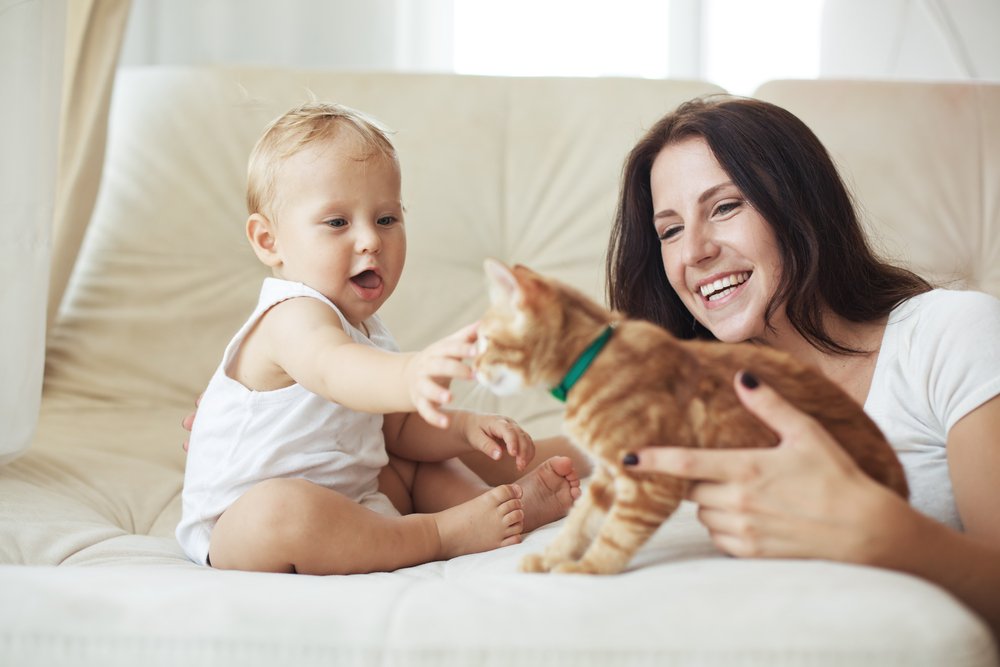Key points:
- Toddlers and pre-kindergarten children often inadvertently behave in ways that are not kind to animals, but early education about kindness to animals can help them develop empathy, self-control, and a better understanding of themselves.
- Spending time with animals can improve children’s physical and psychological well-being.
- Ideas for teaching children kindness towards animals include introducing them to different types of animals through books and bird feeders, showing them how to pet animals safely, and explaining to them why teasing animals or behaving aggressively towards them is not okay.
- Brightly provides a list of books that can be helpful for teaching toddlers about how to treat animals kindly.
Without having cruel intentions, most toddlers and pre-kindergarten children are simply too young to realize that pulling or squeezing an animal’s ears, hair, or just using them to explore and get funny reactions is actually not so funny for the cat, dog, bird, or bug in question. But this doesn’t mean that they can’t learn about kindness towards all kind of creatures at an early age. Quite the contrary!
Teaching your child how to coexist safely and lovingly with nature and animals can help them develop self-control, learn about boundaries, develop empathy, and know more about their own self and preferences. It also means that your toddler will be less likely to have bad experiences when interacting with an animal that can defend itself.
More so, it is known that spending time with animals and pets is good for both for the physical and psychological well-being of children, and is a great first step towards raising a nature-loving child.
Here are some ideas on how to help your child to be kind towards animals:
- Books can be a good tool to show your kid different kinds of animals, so that they get comfortable around aquatic animals and winged, furry, or scaled ones too.
- Have a bird-feeder on your porch, window, or backyard.
- Show them how to kindly and safely touch a well-domesticated animal. You can start with modeling how to pet a cat or a dog using a stuffed animal. You can also play pretend and have you or your toddler be a puppy, and emphasize about gentleness and slow movements.
- Explain that animals have feelings and that they can be hurt by pulling and trampling, just as that behavior would hurt them.
- Discourage teasing an animal. Explain how it’s not nice to bother an animal that’s eating or napping, or to take away from them a loved toy. Animals dislike being treated rudely just as much as people do.
- Teach caution around unfamiliar animals. You can tell your child not to go near an animal (other than your house pet if you have one) without an adult around.








